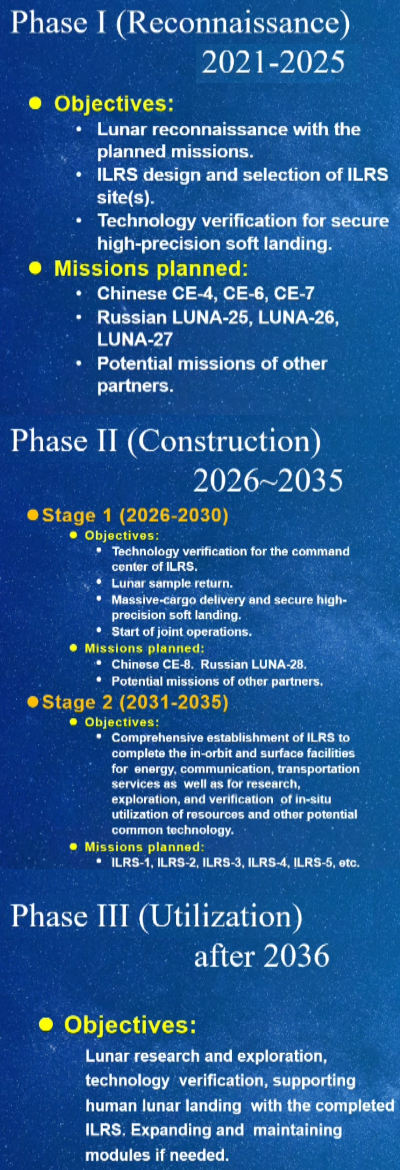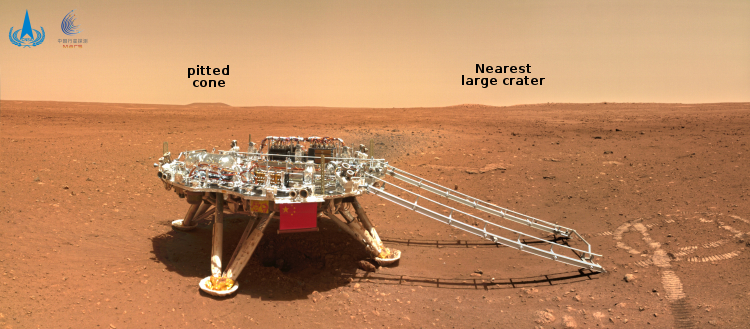First attempts to fix Hubble fail
An attempt to switch the Hubble Space Telescope to a different backup computer module in order to bypass a broken unit failed last week, leaving the telescope in safe mode.
A payload computer on Hubble stopped working June 13, the agency said in a June 16 statement. Engineers speculated that the computer, used to manage operations of Hubble’s science instruments, malfunctioned because of a degrading memory module, putting the instruments into a safe mode.
The agency said at the time that it would switch of a backup memory module that day and, after about a day of testing, restart the instruments and resume science observations.
However, in a June 18 statement, NASA said those efforts to switch to a backup memory module failed because “the command to initiate the backup module failed to complete.” An attempt to restore the computer with both the original memory module and the backup unit also failed.
While the engineers at the Space Telescope Science Institute, that operates Hubble, have expressed confidence they can overcome these issues, the failures this week are truly troublesome. We may truly be facing the end of the telescope,
An attempt to switch the Hubble Space Telescope to a different backup computer module in order to bypass a broken unit failed last week, leaving the telescope in safe mode.
A payload computer on Hubble stopped working June 13, the agency said in a June 16 statement. Engineers speculated that the computer, used to manage operations of Hubble’s science instruments, malfunctioned because of a degrading memory module, putting the instruments into a safe mode.
The agency said at the time that it would switch of a backup memory module that day and, after about a day of testing, restart the instruments and resume science observations.
However, in a June 18 statement, NASA said those efforts to switch to a backup memory module failed because “the command to initiate the backup module failed to complete.” An attempt to restore the computer with both the original memory module and the backup unit also failed.
While the engineers at the Space Telescope Science Institute, that operates Hubble, have expressed confidence they can overcome these issues, the failures this week are truly troublesome. We may truly be facing the end of the telescope,








